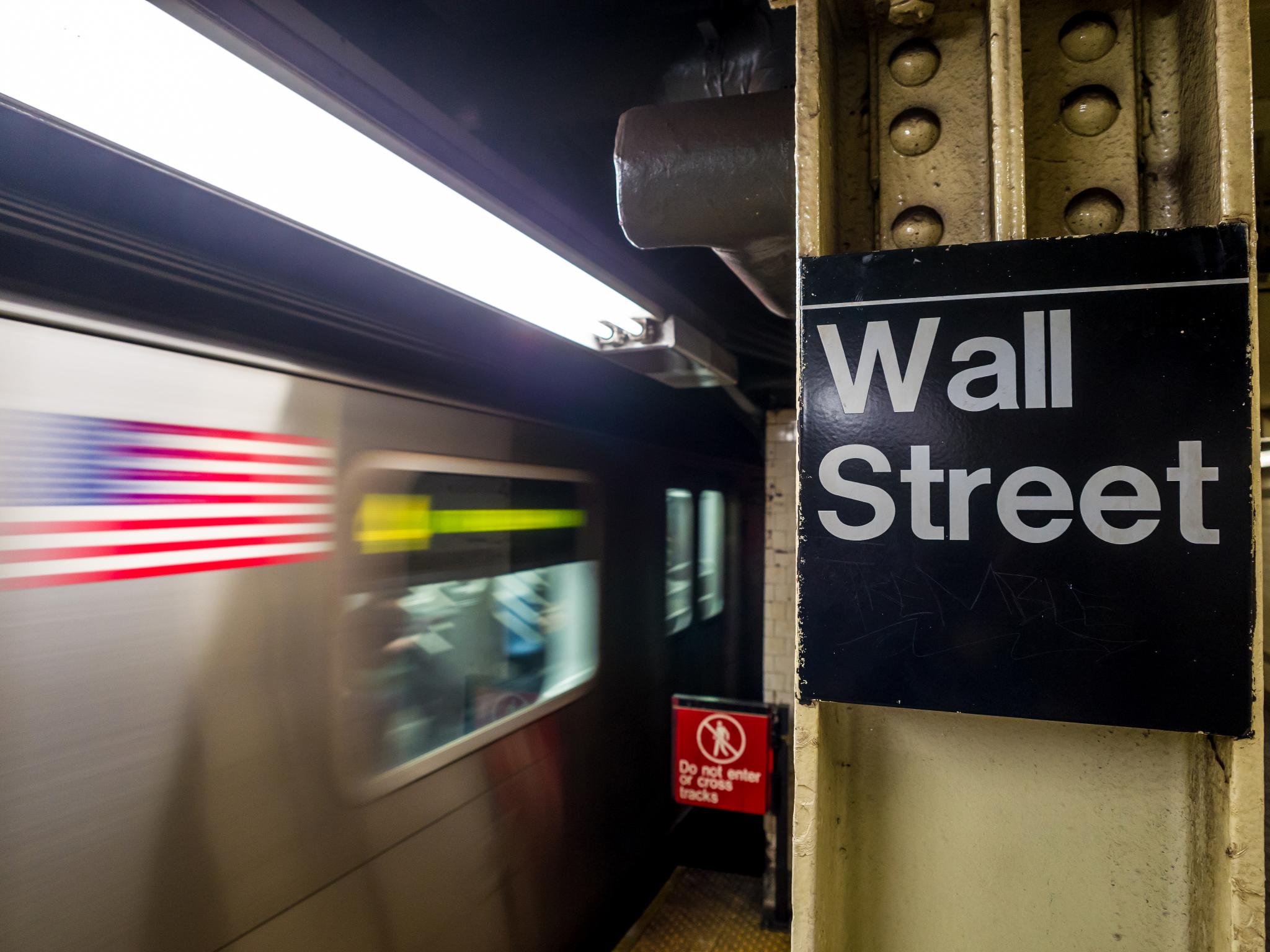
A potentially pivotal economic indicator is coming Friday via a monthly jobs report. Here's what you need to know ahead of the number.
What To Know: The Bureau of Labor Statistics is set to release the September nonfarm payroll data at 8:30 a.m. ET Friday. The data will measure how many jobs were created in the U.S. last month across a majority of businesses.
Economists are anticipating employers to have added 250,000 payrolls in September. The U.S. added 315,000 jobs In August, beating average economist estimates of 298,000 jobs.
The U.S. unemployment rate in August was 3.7%, which missed the 3.5% level economists had projected. For September, economists anticipate that the unemployment rate will remain unchanged at 3.7%.
Why It Matters: Recent indicators seem to be signaling that another strong monthly jobs number is coming. Earlier this week, private sector employment data showed an increase of 208,000 jobs in September, which was above average economist estimates of 200,000.
However, the U.S. Labor Department on Wednesday released its Job Openings and Labor Turnover Survey (JOLTS) report for August, which showed the number of American job openings dropped 10% in August to 10.05 million jobs.
The decline in job openings may be troubling to American workers, but it's likely good news for the economy and the stock market, according to Bank of America economist Ethan Harris.
Related Link: Are Declining American Job Openings A Good Sign? Why This Analyst Thinks So
Friday's number will be one of the key pieces of economic data the Federal Reserve will review for its next meeting in early November. The central bank will be paying close attention as it attempts to cool inflation. Another strong jobs report could push the Fed toward another aggressive rate hike.
Last month, the Fed raised its benchmark rate by 0.75% for the third straight time and indicated that it will continue to hike rates.
The 0.75% rate hike brought the target fed funds rate up to a new range between 3% and 3.25%, the highest levels seen since before the 2008 financial crisis.
In a press conference following the decision on rates, Fed Chair Jerome Powell reaffirmed the central bank's commitment to bringing inflation back down to its 2% goal.
"Restoring price stability is essential to set the stage for achieving maximum employment and stable prices over the longer run. We will keep at it until we're confident the job is done," Powell said.
SPY Price Action: The SPDR S&P 500 (NYSE:SPY) is down 0.59% at $374.90 Thursday afternoon, according to Benzinga Pro.
Photo via Shutterstock.







